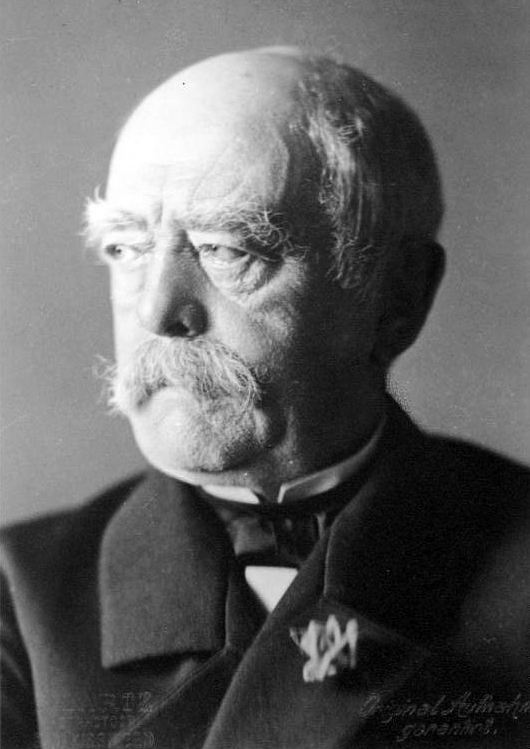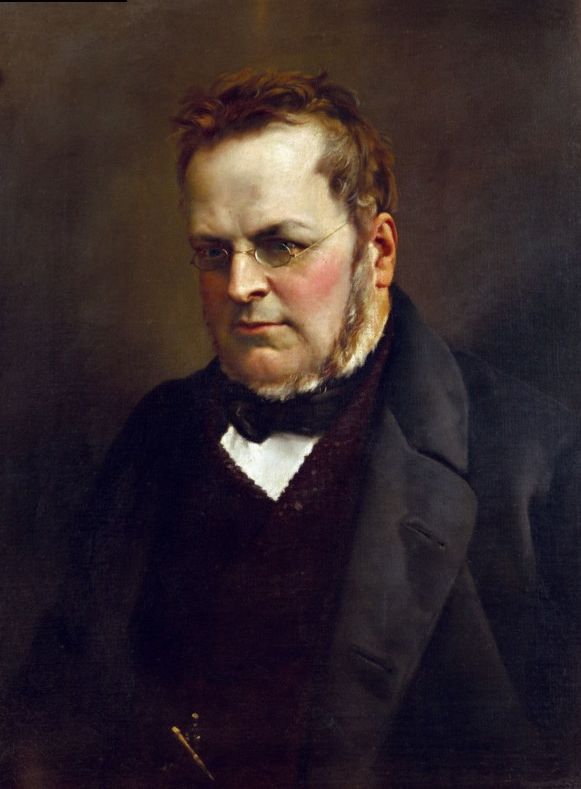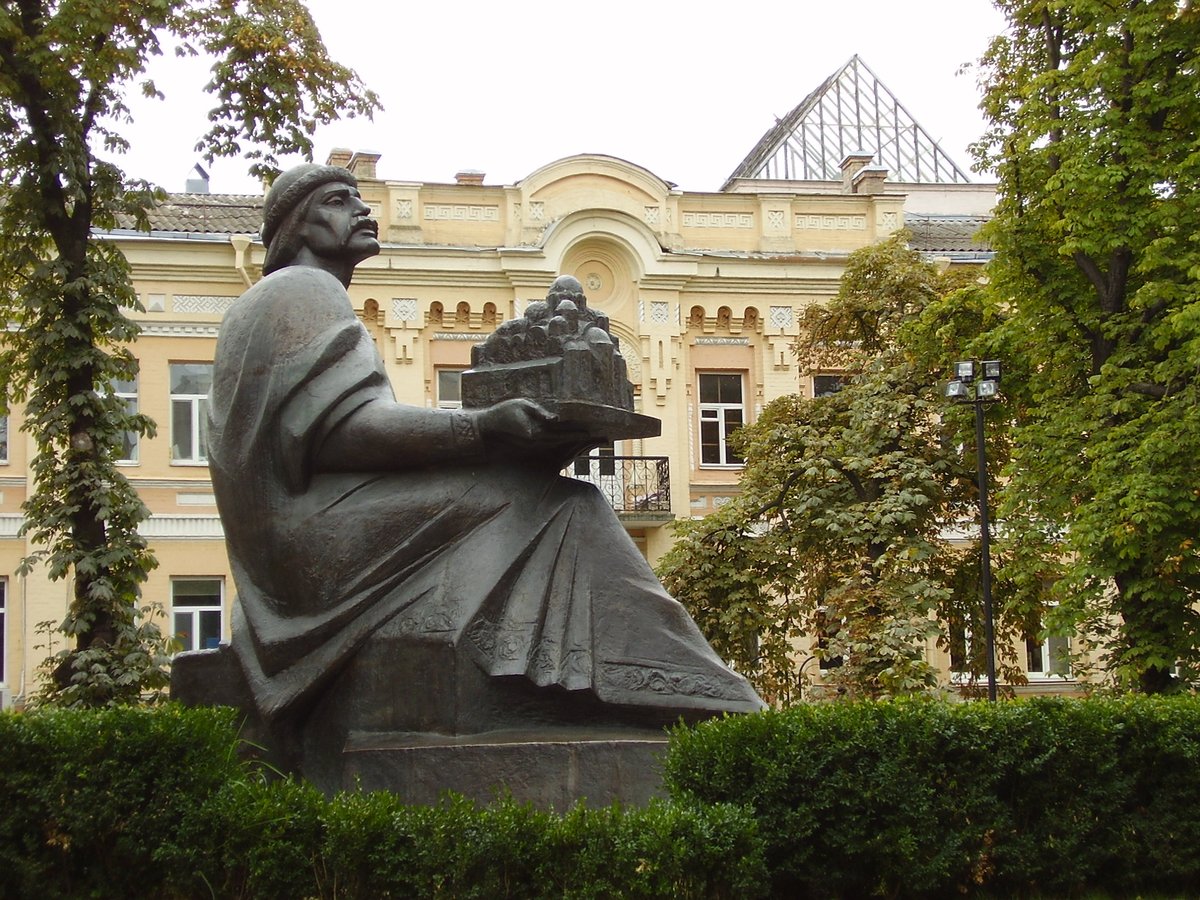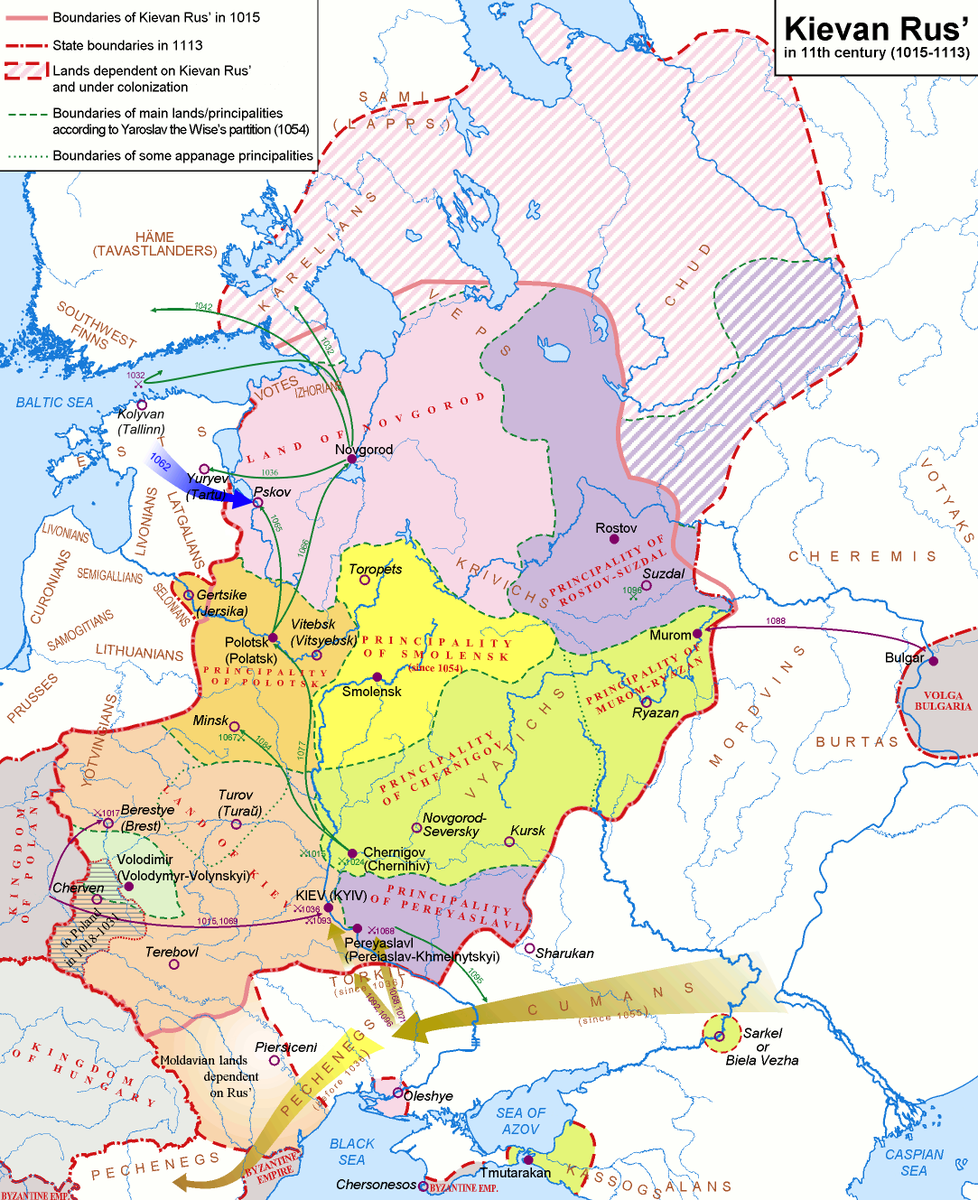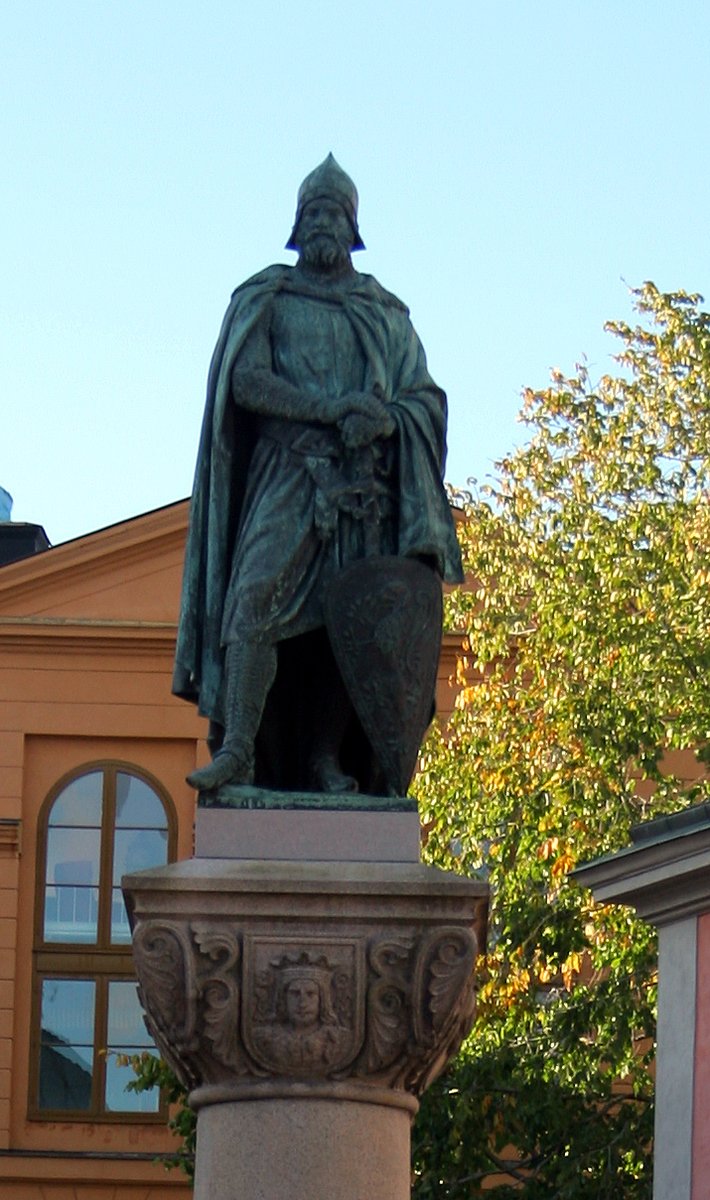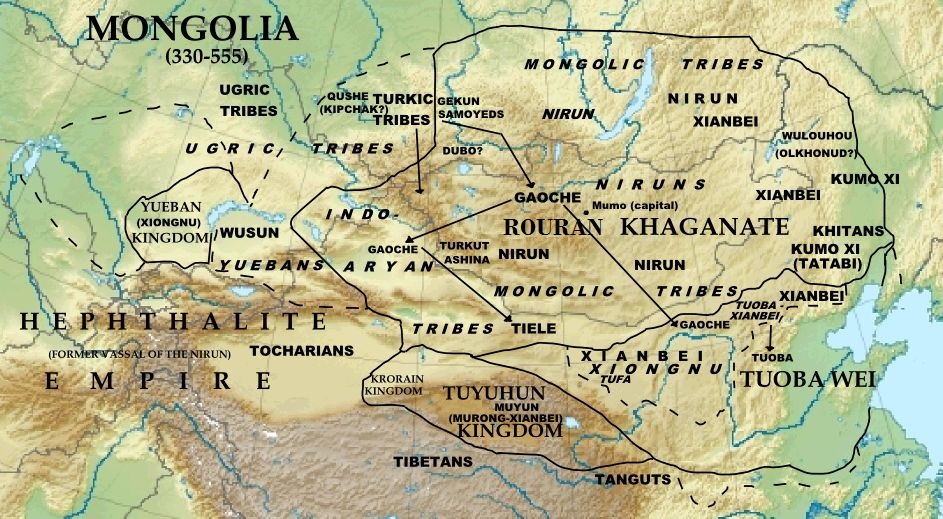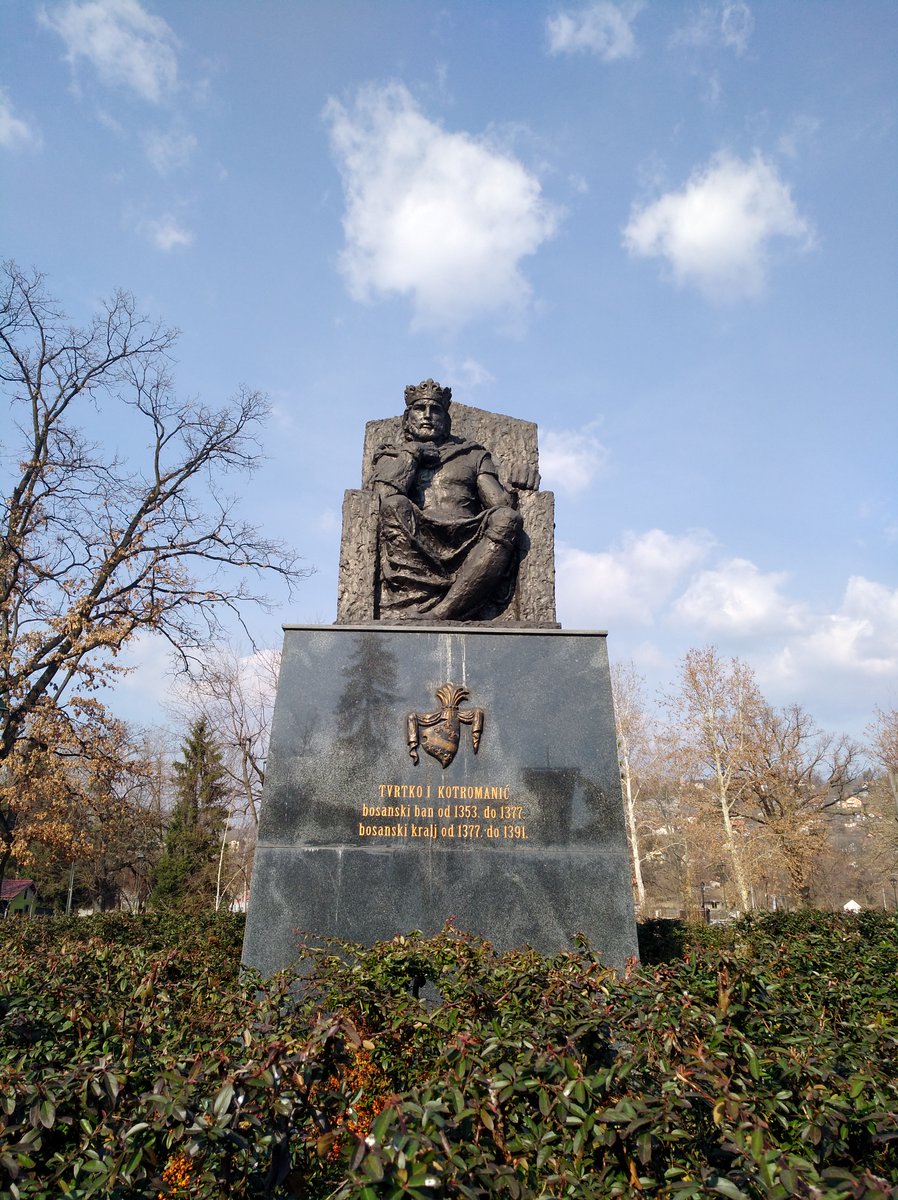
When the Romance sustained the fallen empire of the Latins, there were a few who sought a different script.
Story in the evening ...
Story in the evening ...
https://twitter.com/Arby_K/status/1604302934086483968
Rastislav was born in early 9th century. His father may have been Wistrach and his uncle Mojmír, the Duke of Moravia. Little is known about Rastislav's youth, until 846 when Franks invaded Moravia and installed Rastislav as the Duke of Moravia. 1/10 
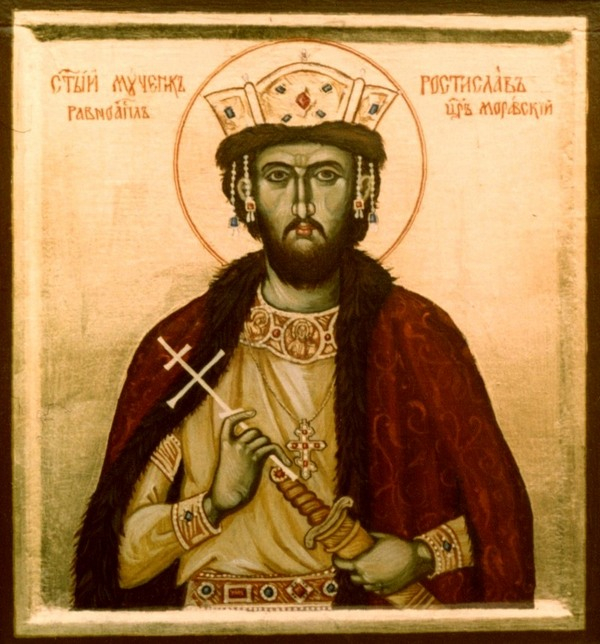
Moravia emerged as a semi independent state in Central Europe not long after the Franks had defeated the Avars in late 8th century. Moravia was not the first power in the region though. The Slavic states of Samo and of Nitra had lasted briefly during various times as well. 2/10 



Mojmír led the Moravians from the 820s, but the Franks exerted a dominant influence over the region. However, the Frankish control loosened during the Frankish civil wars after the death of the Frankish Emperor Hludowic in 840. 3/10 
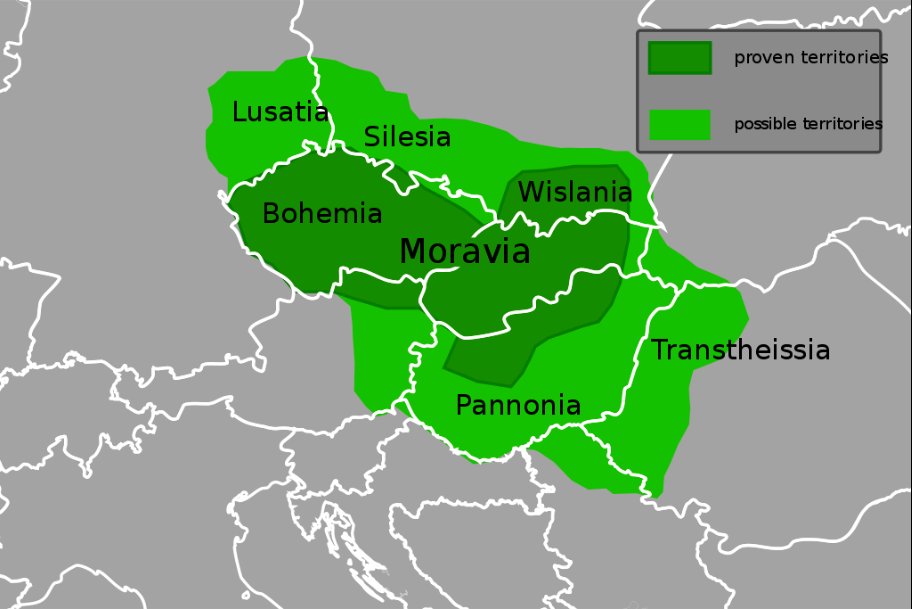
Mojmír attempted to free Moravia from Frankish control but was eventually forced out of power by Hludowic's son, Hludowic, who got the eastern part of the Frankish realm (Including Moravia) when the brothers made peace in 843. 4/10 

Hludowic installed Rastislav as the Duke of Moravia. Rastilav worked to stabilize his control over Moravia and began to expand into the neighbouring regions. As he grew stronger, he also sought to get rid off his Frankish overlords, just like his predecessor. 5/10 
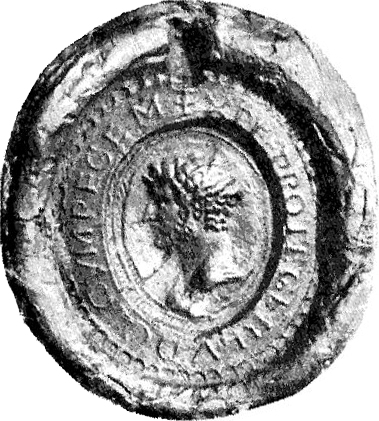
Faced with a Frank-Bulgar alliance on its borders, Rastislav looked to Constantinople for an alliance. Among other things, Constantinople sent them two brothers, Constantine (Better known as Cyril) and Methodius, to spread Christianity in Moravia. 6/10 
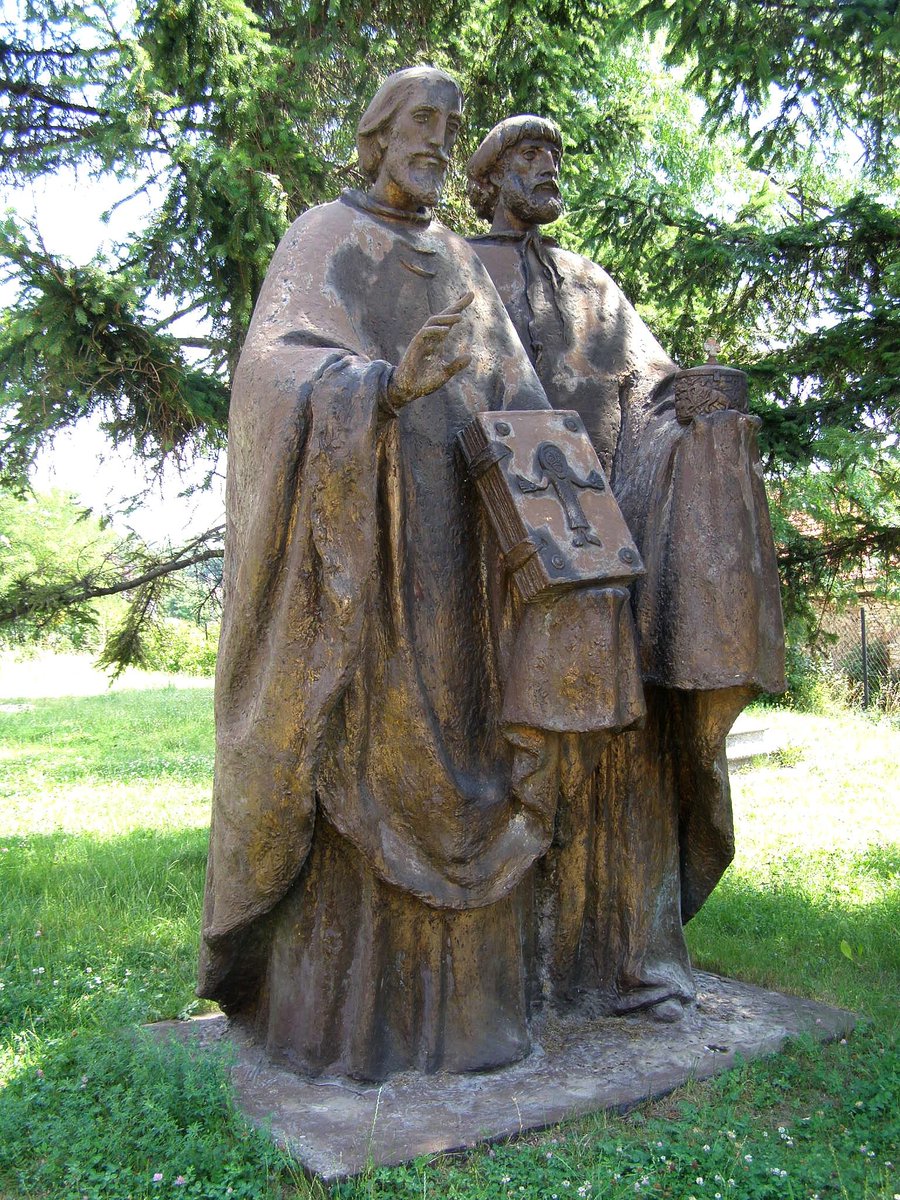
The brothers used Slavonic language and devised the Glagolitic alphabet for fulfilling their responsibilities. The alliance between Moravia and Constantinople, however, was not fruitful, since Hludowic besieged his wavering vassal and deposed him in 869. 7/10 
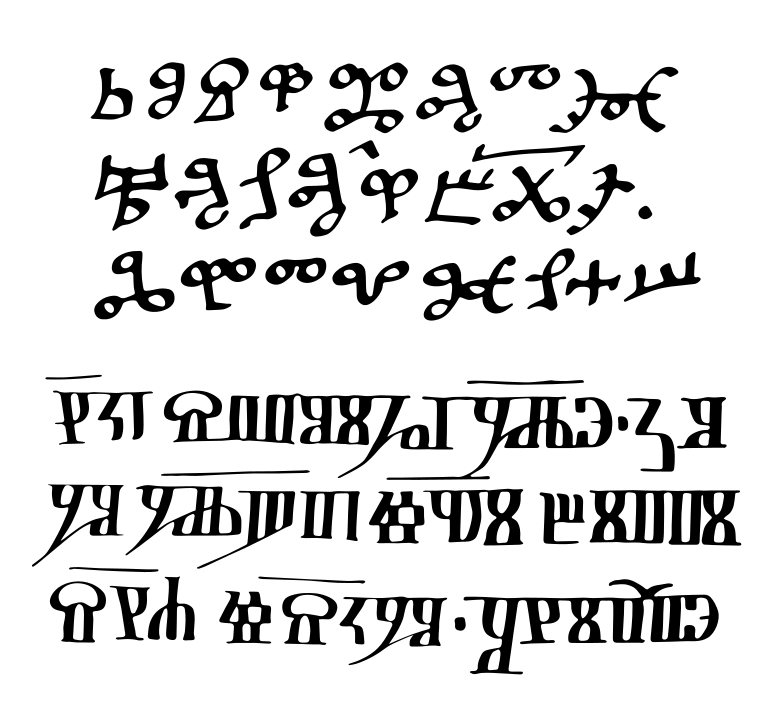
Rastislav was captured and imprisoned, where he later died. The Franks replaced him with his nephew, Svatopluk, who had to come terms with the Franks initially. But with Frankish power weakening and Bulgars occupied with Constantinople, Svatopluk was able to expand Moravia. 8/10 
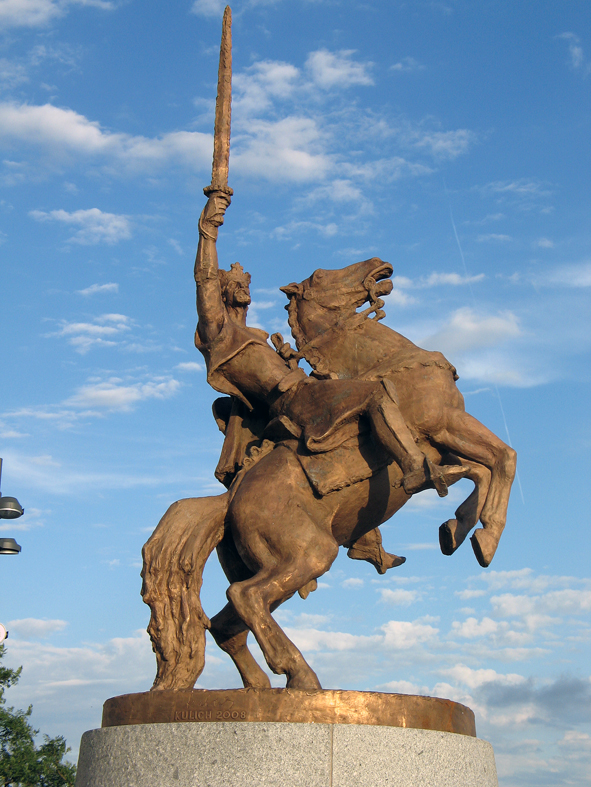
After Methodius died in 885, Svatopluk expelled his disciples from Moravia. They later ended up with the Bulgars, who had by then had come to terms with Constantinople. The Glagolitic alphabet eventually evolved to become the Cyrillic alphabet used to the present day. 9/10 

After Svatopluk's death, the state of Moravia collapsed with their vassals in Bohemia displacing them. The name of Moravia continued as a Margraviate within Bohemia for many centuries. 10/10 
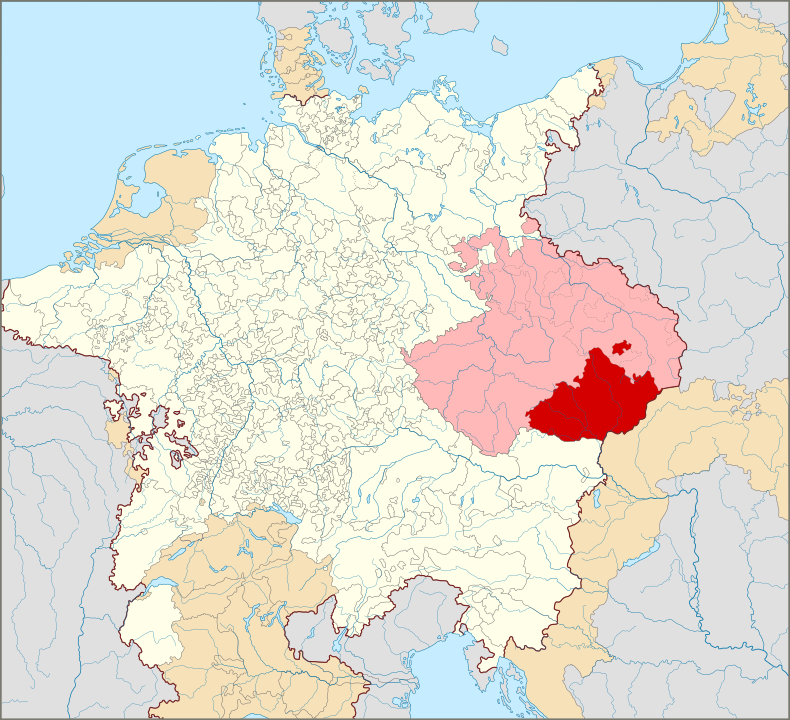
• • •
Missing some Tweet in this thread? You can try to
force a refresh


